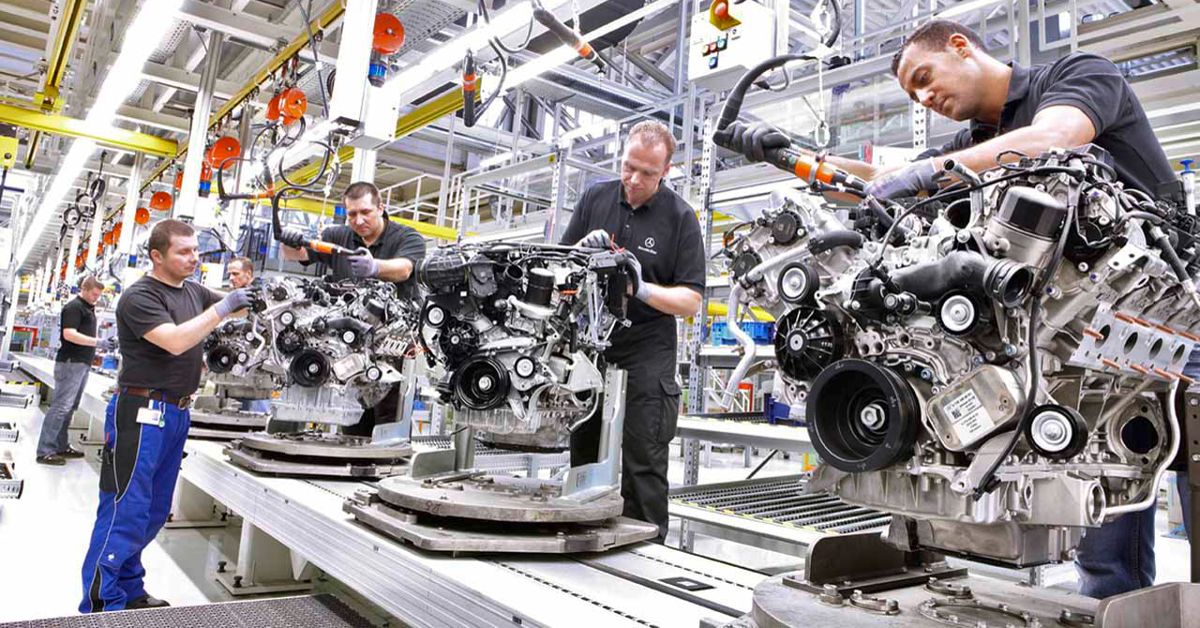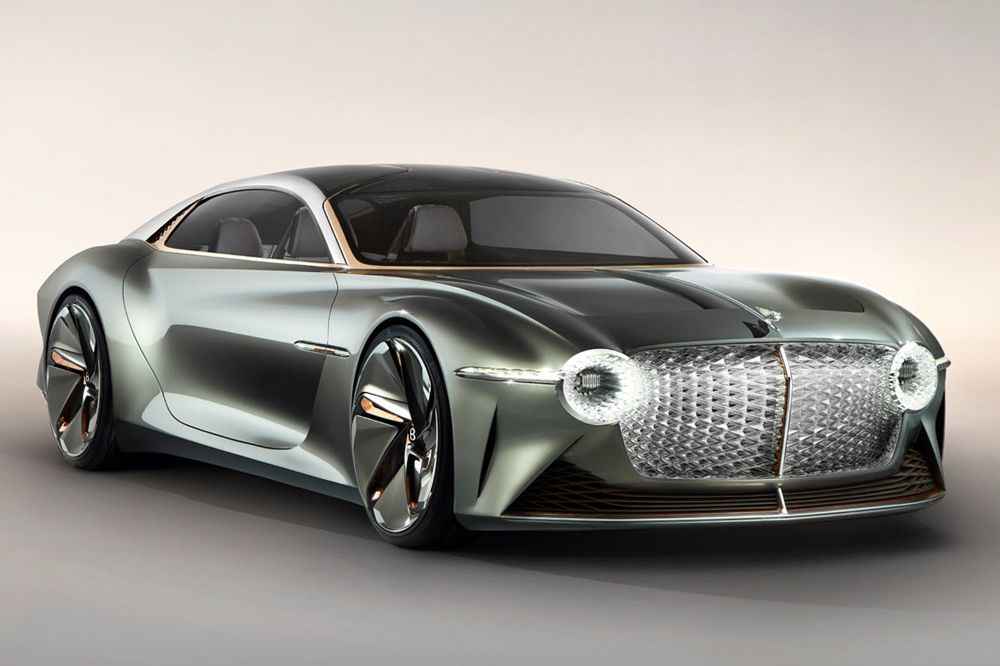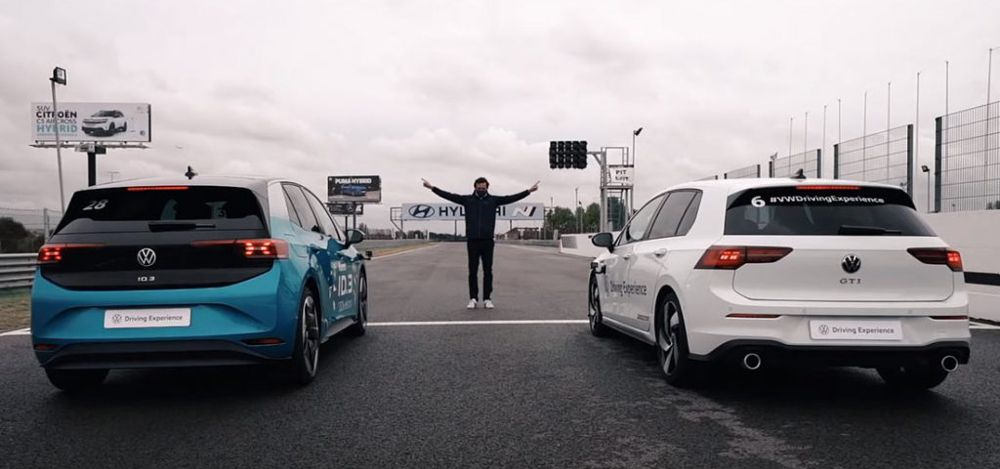The automotive industry’s transition to ‘Zero Emissions Vehicles’ is gathering momentum. Providing the impetus for this shift are two seismic dislocations that are affecting all aspects of life; namely global warming and the economic impact of the COVID-19 pandemic.
As of February 2021, 194 states and the European Union have signed the Paris Climate Agreement, which effectively sets the legislative framework for the decarbonization of the global economy. Policies targeting emissions from transportation, which account for about one-third of greenhouse gas (GHG) emissions in the EU and the US, are forcing the automotive industry to reassess the role of the Internal Combustion Engine in the future of mobility.
In addition, as governments grapple with huge adjustments in their fiscal balances after the COVID-19 pandemic, a greater focus has been placed on promoting low-carbon investment strategies, including the acceleration of the uptake of electrified vehicles.
Rather than resist this trend, the majority of OEMs are embracing it, with many planning to go all-electric. With the debate around whether or not automakers will shift to electric vehicles now settled, the only question left is: “when will the leading car companies stop producing internal combustion engines”?
This Is When Leading Car Companies Will Stop Producing Internal Combustion Engines
Such is the pace of transition that full-scale transformation is now inevitable, with 2027 the likely tipping point for EV adoption according to IHS Markit analysts; with over one in four new passenger cars sold by 2030, powered by an electric motor. By 2030 the number of BEV models on sale will have increased from 335 in 2020, to over 800.
The growth in EV sales will largely be driven by manufacturers such as Jaguar, Volvo, Mini, and Ford Europe’s ambitions to become BEV brands by 2030. Although not quite as aggressive in their planning, other brands are also intent on shifting the majority of their model lineup to BEV platforms by then. These include Land Rover (60% BEV), BMW (50% BEV), and Kia Europe (50% BEV).
However, there are two companies that stand out in the charge to electrification – the Volkswagen Group and General Motors.
No doubt prompted by the need to reform following the “Dieselgate” emissions fiasco, VW is spending more than any other OEM on electrification - in excess of $80 billion to bring to market more than 50 BEVs by mid-decade. But its plans vary by brand.
For Audi, the exact timing to put the ICE to rest will depend on customer response and legislation. Speaking at the recent Climate Neutrality Foundation conference in Berlin, CEO Markus Duesmann said that the automaker expects to have 20 all-electric models in its global lineup by 2025. And starting in 2026, every new model will be a plugin, with ICE production coming to an end in about 2033.
In a major move to meet future emissions and fuel-economy mandates, Bentley announced last December that its entire lineup will consist of plugin models by 2026, going entirely BEV by 2030.
Porsche, with its fortunes closely tied to the sports car, is slightly more cautious – planning for 80% of its production to be BEVs by 2030.
In America, the world’s fifth-largest automaker by sales, GM, will increase spending on electric and autonomous vehicles to $35 billion through 2025, a 30% increase from plans announced in 2020.
The company expects to have 30 BEVs in global showrooms by 2025 while doing away with ICE power entirely, a decade later. Significantly, the flagship Cadillac brand will be the first to go 100% electric by 2030. While in China, together with partners Wuling and SAIC, GM has the distinction of owning the world’s best-selling BEV model - the Hong Guang Mini EV.
However, for sustained growth, the EV’s upfront purchase price has to come down to a level that can compete with a similar internal combustion engine-powered car.
This Is When Leading Car Companies’ EVs Will Achieve Cost Parity With The Internal Combustion Engine
If government incentives are factored in, price parity between comparable BEVs, ICE vehicles, and hybrids already exists today. The Volkswagen ID.3 with incentives often meets the Golf’s EUR 31,000 sticker price in major European markets.
As EV costs come down, even the unincentivized list price is likely to reach parity by 2030 in the EU, and 2027 in mainland China. On a total cost of ownership (TCO) basis, it could reach parity even earlier. By 2025, a Volkswagen ID.3 could have a TCO advantage of EUR 4,100 over an equivalent Golf model.
Beyond these dates, the vehicle-cost gap will increasingly favor BEVs. As volumes increase so too will the economies of scale, while waning production will increasingly work against the internal combustion engine.
Whilst OEMs with big sales footprints in non-regulated markets might still be hesitant to make the move towards BEVs, it’s only a matter of time before they follow the leading car companies and stop producing internal combustion engines. If not, they might be left in an uncertain and faltering ICE world, especially if they fail to establish a BEV supply chain in time.



